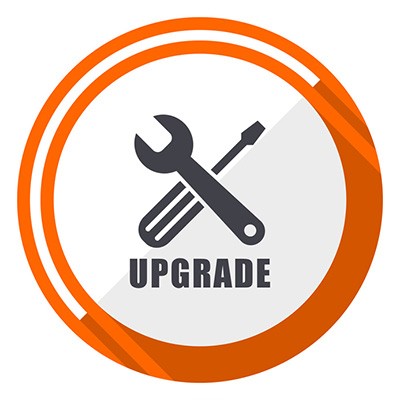Directive Blogs
Signs That Your Business Needs to Upgrade Your Crucial IT
Chances are if you are in business today, there are a lot of devices on your network that you haven’t touched in years, might not be using, or don’t even need. Unfortunately, there are times when the technology you have doesn’t really do much other than take up space. If you feel like you are spending too much on your technology, you may not be wrong. By finding the IT that helps your business do business better, and scrapping plans for implementing technology that doesn’t provide sustainable returns may be a good strategy.
When you start to ascertain whether or not a piece of technology needs to be replaced or just eliminated, the first decision you have to make is obviously how does this piece of technology affect our product/service. If you can utilize the piece of technology and it helps fulfill opportunities, promotes productivity and efficiency, or is overall just a benefit for the company, it is pretty easy to ascertain how to proceed. If the piece of technology doesn’t provide obvious benefits, then you should try and understand what the problems are and why you may need to eliminate that technology.
It isn’t always that simple. Today, we will go through technology that you might find in today’s business and describe the relevant signs that a piece of it may be failing.
Server Hard Drives
Traditional computing environments utilize hard disk drives (HDD) that generally last between three-to-five years and will show indications that a failure is imminent. They include:
- The drive is making strange noises (clicking, whirring, humming).
- Repeated crashes and software errors.
- Repeated disk errors.
- Strange computer behavior.
These can also be signs that any computer that runs an HDD. Today there are computers that have what are known as solid state drives (SSD) in them. SSDs are largely expected to last longer, five-to-seven year and don’t always have the telltale signs of failure that HDDs do. Here is where monitoring your SSD comes in. Just like the RMM service we provide at Directive, if you like, you can download software that will allow you to monitor the strength of your SSD.
Beyond that, there are some signs that your SSD is on its last legs. Error messages that continuously pop up, files that can’t be written or read, and there are frequent crashes during the boot phase. Upgrading your hard drive before a major failure of your IT would keep downtime to a minimum and keep costs associated with that downtime to a minimum.
Networking
Major networking problems can derail any business’ relationships. The loss of access to the Internet and the data workers need to do their jobs extends pretty quickly to the cost of the product or service, and the staff’s ability to support. If you are having a problem staying connected, or getting the bandwidth that you need, you probably have a problem with a router, switch, or some other part of your networking system.
What’s worse than having hardware that is failing? Not having that hardware in the first place. If your company needs help with their wireless network, mobile computing management system, or any other system used to connect people or move data around, reaching out to the IT professionals at Directive can be a great decision.
If your IT seems like it is failing there is only one way to be sure that won’t be horribly costly for your business, call our professional technicians to do a full assessment of your business’ technology today at 607-433-2200.



Comments